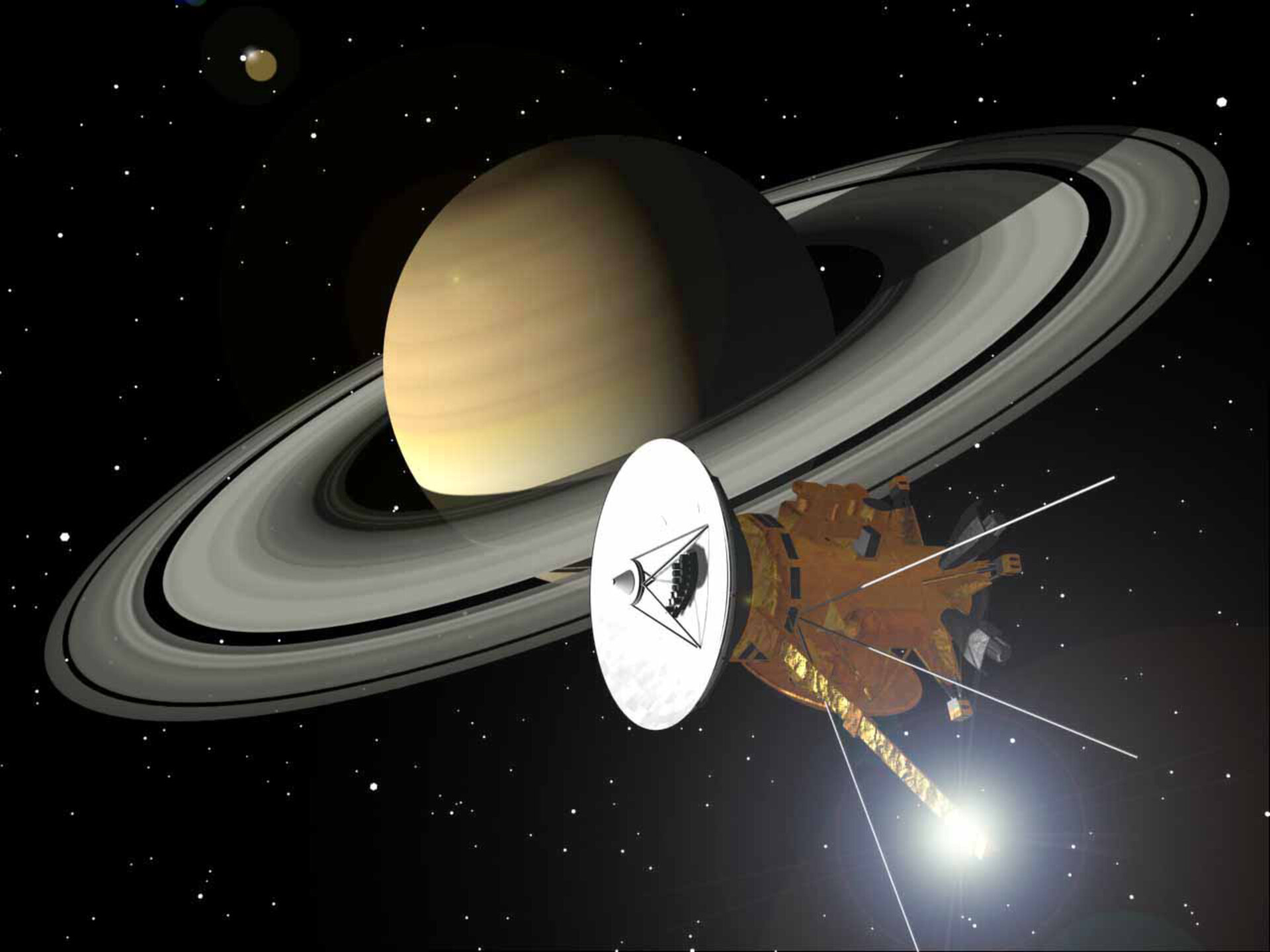Saturn mission to benefit Earth
UK technology that will safely guide a spacecraft to Saturn’s largest moon is being adapted to land aeroplanes, help emergency services reach accidents quickly and improve safety on our roads.
Flight software produced by UK firm LogicaCMG onboard ESA’s Huygens probe is being adapted for Galileo, a new European system that will revolutionise satellite navigation. Due to be operational in 2008, Galileo looks to benefit many areas, including the aviation and maritime industries as well as improving in-car satellite navigation systems.
The UK Government, through the Particle Physics and Astronomy Research Council (PPARC), has contributed £13.5 million to the joint NASA/ESA/ASI Cassini-Huygens mission – £7.7 million towards instruments and £5.8 million towards operations.
Science and Innovation Minister, Lord Sainsbury stressed the Government’s commitment to using space technology to benefit lives on Earth, as outlined in the UK Space Strategy:
“This is a great example of how software and skills developed for a mission to another world can benefit us in ours. Cassini-Huygens has already made some groundbreaking discoveries, and the transfer of technology from exploration to navigation only adds to its value.
“Once again the UK is at the forefront of innovation and technology. This is another important step towards making our nation the most developed user of space-based technology in Europe.”
The software on Huygens will make sure the ESA probe is travelling at the right speed as it descends through Titan’s thick atmosphere. It will release heat shields and deploy a set of parachutes, before triggering Huygens’ science experiments and managing communications from the probe to NASA’s Cassini spacecraft.
The success of the Huygens mission and its experiments relies on precision timing so the navigation software must be extremely reliable. This makes the technology ideal for other space missions and programmes where safety and reliability is essential. Huygens software methodology and skills have also been used on ESA’s EGNOS programme, the forerunner for Galileo.
The technology looks set to guarantee Galileo’s reliability and make a huge difference to the way satellite navigation is used in the future. For instance, air traffic control will be able to use Galileo to assist take off and landings, replacing some existing systems not designed for civilian, safety-critical procedures. Emergency services will pinpoint a mobile phone caller’s location with information from a Galileo receiver in the phone itself, and car drivers will know about traffic problems as they happen and receive information on how to avoid them.
Galileo is a joint initiative between the European Space Agency (ESA) and the EU. The system will comprise 30 satellites, orbiting in three groups at an altitude of around 24,000 km. Galileo receivers are intended to be compatible with the US Global Positioning System (GPS) and will provide positioning to approximately two to three metres.
Galileo is not the only programme to benefit from Cassini-Huygens technology developed in the UK. Missions to land on a comet and to find out more about Mars and the Moon have been made possible with engineering skills and experience from UK company SciSys, and technology used on the Cassini magnetometer developed by Middlesex-based Ultra Electronics Ltd is being used for navigation, geophysics and to protect ships from the threat of sea mines.





